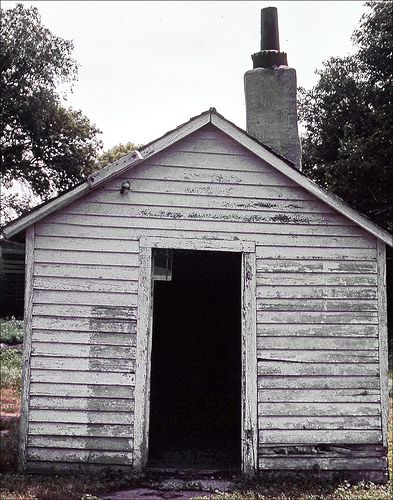
Where There’s Smoke There’s Flavour
Smoking is the process of flavouring, cooking, or preserving food by exposing it to the smoke from burning or smouldering wood. Meats and fish are the most common smoked foods, though cheeses, vegetables and ingredients used to make beverages such as whisky, are also smoked. Historically, farms included a small building termed the smokehouse, where meats could be smoked and stored.
There are two types of smoking methods; cold smoking and hot smoking.
- Cold smoking is typically used as a flavour enhancer, and items are cold smoked for just long enough to give some flavour. Smokehouse temperatures for cold smoking are below 38°C. In this temperature range, foods take on a smoked flavour, and remain relatively moist. Cold smoking does not cook foods, therefore they need to be cooked before they can be eaten.
- Hot smoking exposes the foods to smoke and heat in a controlled environment. Although foods that have been hot smoked are often reheated or cooked, they are generally safe to eat without further cooking. Examples of foods are that hot smoked are chorizo, ham, and ham hocks. Hot smoking occurs within the range of 74°C to 85°C. Within this temperature range, foods are fully cooked, moist, and flavourful. (You can see all of our smoked goods here.)
chorizo, cold smoking, ham, hot smoking, smokehouse

